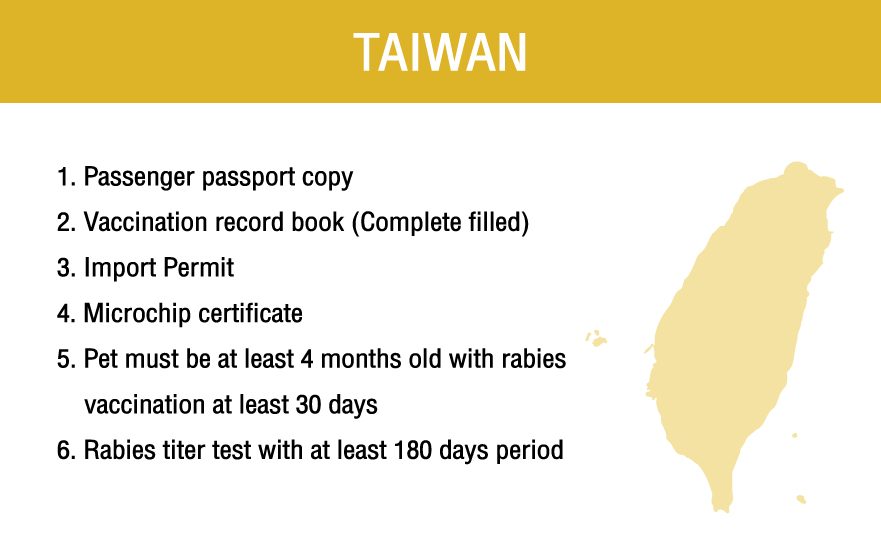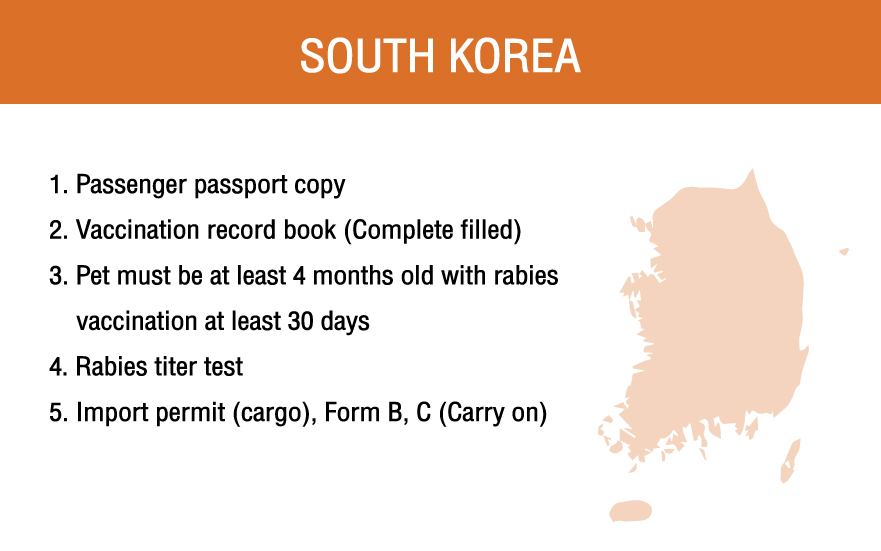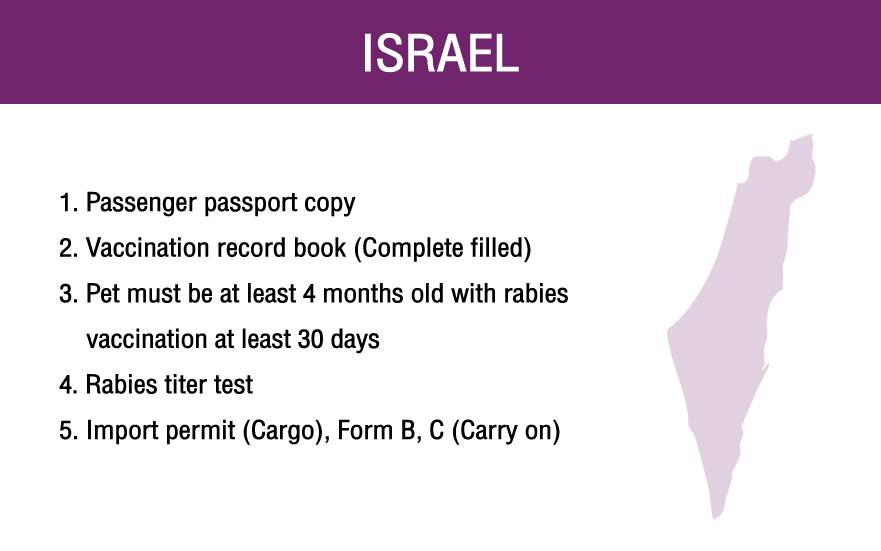Information
How to measure Your Pet
Animal measurements
A: Length of animal from tip of nose to base/root of tail.
B: Height from ground to elbow joint.
C: Width across shoulders or widest point (whichever is the greater).
D: Height of animal in natural standing position from top of the head or the ear tip to the floor (whichever is higher).
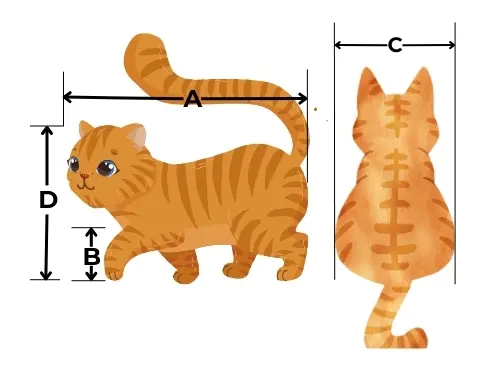
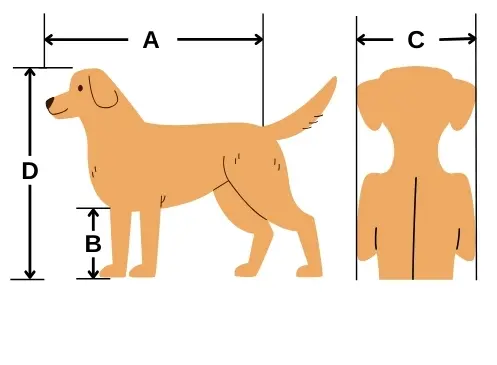
How to Choose the Right Crate for Your Pet
Selecting the correct travel crate is crucial for your pet’s safety, comfort, and compliance with airline regulations (IATA standards).
Key factors to consider when choosing a travel crate:
1. Proper Size
- Your pet should be able to stand, turn around, and lie down comfortably inside.
- Measure your pet’s length, height, and weight before purchasing a crate.
2. IATA-Approved Crate
- Always choose an IATA-compliant crate, as airlines require this standard.
- Ensure strong structure and proper ventilation on all sides.
3. Durability & Material
- Crates should be made of hard plastic or durable material, with a secure metal door.
- Avoid flimsy crates that may crack or fail during transit.
4. Travel-Friendly Features
- Handles or grip points for easy carrying.
- Space to attach ID tags, contact details, and “Live Animal” stickers.
5. Interior Setup
- Add absorbent bedding or a soft pad for comfort.
- Install water bottles or bowls that attach securely to the crate.
Choosing the right crate ensures not only your pet’s comfort but also a smooth travel process, meeting airline requirements and reducing stress during the journey.
Destination
Microchip
A microchip is a tiny electronic device, about the size of a grain of rice, implanted under a pet’s skin — usually between the shoulder blades. Each microchip carries a unique identification number that allows pets to be reliably identified.
- The microchip has no battery and does not transmit signals continuously.
- When scanned with a microchip reader, the device reveals the unique ID code.
- This code links to the pet owner’s details in a registered database.
Global Requirement: Many countries require pets to be microchipped before travel.
Identity Verification: Ensures the pet matches its vaccination and health records.
Safety: If a pet gets lost, a scanner can help reunite them with their owner.
Travel Readiness: It is often the first essential step before blood tests, vaccinations, or import/export paperwork can be processed.





